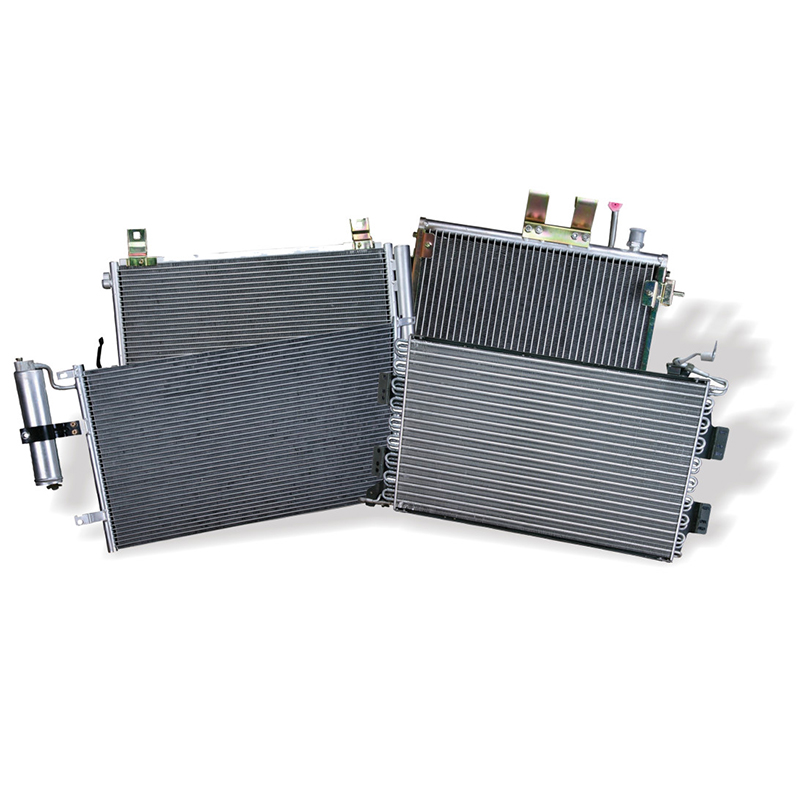Reinforced and Durable car Air conditioning condenser made in China
Durable car A/C condenser made in China
Heat exchange and pressure gradients are the key factors on which air conditioner condensers work. In a nearly closed system in the car, a substance known as refrigerant is transformed from liquid to gas and back again. The A/C condenser plays a crucial role in this process.This needs pressure gradients to function properly, so any leaks will eventually lead to system failure. Gaseous refrigerant is pressurized by the air conditioner compressor, which is driven by the car’s crankshaft. The A/C system switches from low pressure to high pressure at this process.This high-pressure refrigerant then travels to the air conditioner condenser, where heat is removed from the refrigerant by being transferred to outside air flowing over it. As a result, the gas condenses once again into a liquid.The receiver-drier collects the cooled liquid and removes any debris and excess moisture. The refrigerant then moves to the orifice tube, or expansion valve, which has a small opening intended to let only a small amount of liquid through at a time. This releases pressure from the substance, returning to the system’s low-pressure side.The next stop for this very cool, low-pressure liquid is the evaporator. An A/C blower fan circulates cabin air through the evaporator as the refrigerant passes through it.The air is cooled before it is pumped through the dash and into the cabin by the refrigerant, which absorbs heat from the air and causes the liquid to boil and convert back into a gas.The warmed gaseous refrigerant then circulates back toward the air-conditioning compressor to complete the process.
Advantages of G&W Air conditioning condenser:
● Provided>200 SKU condensers,they are suitable for popular passenger cars VW, OPEL, AUDI, BMW, PORSCHE, RENAULT, TOYOTA, HONDA, NISSAN, HYUNDAI, FORD,TESLA etc.
● Reinforced brazed technique is applied for better durable performance.
● Thicker condenser core allows for a maximized heat exchange for optimal cooling performance.
● 100% leakage test before shipment.
● OEM & ODM services.
● 2 Years warranty.
















